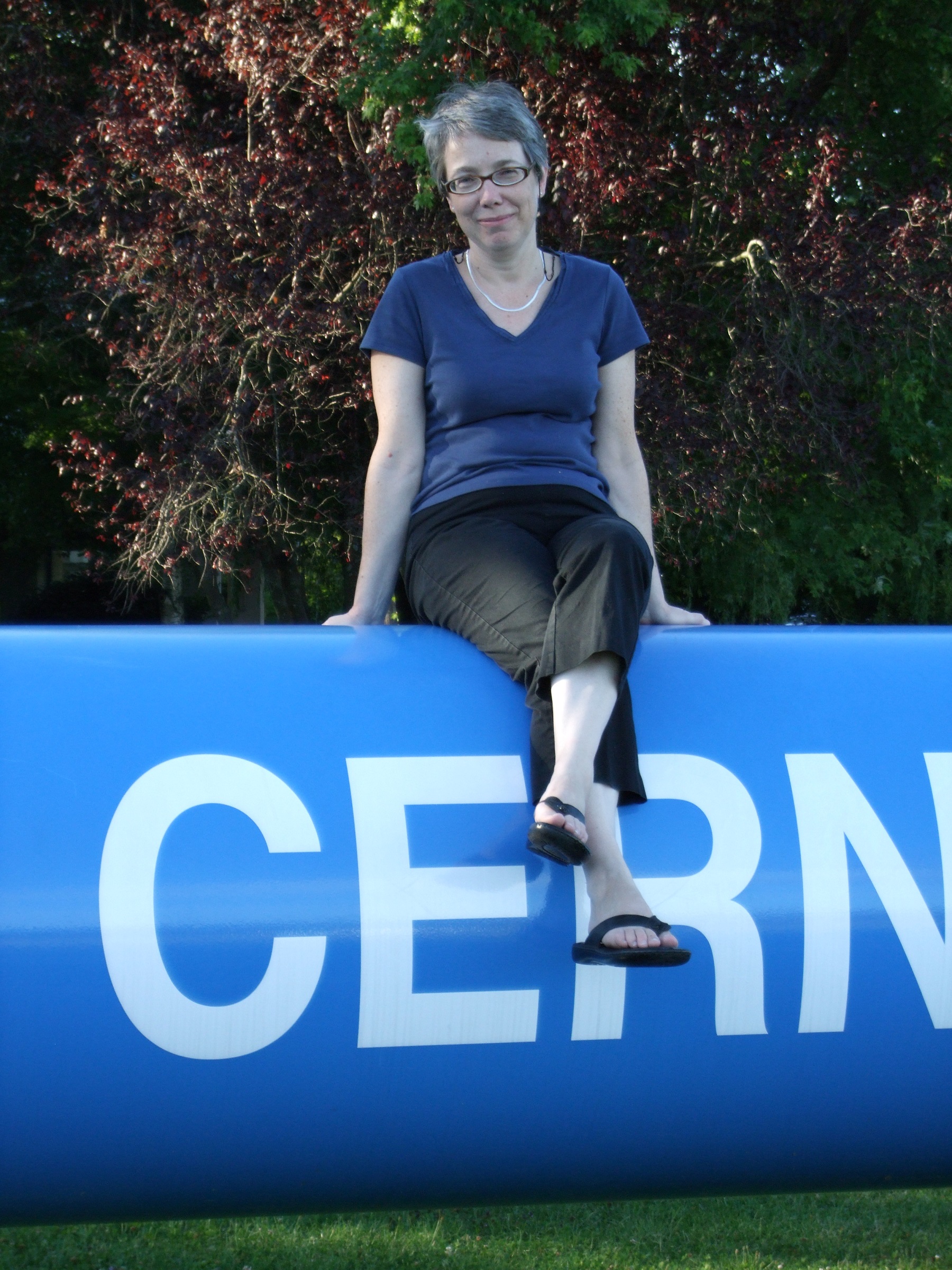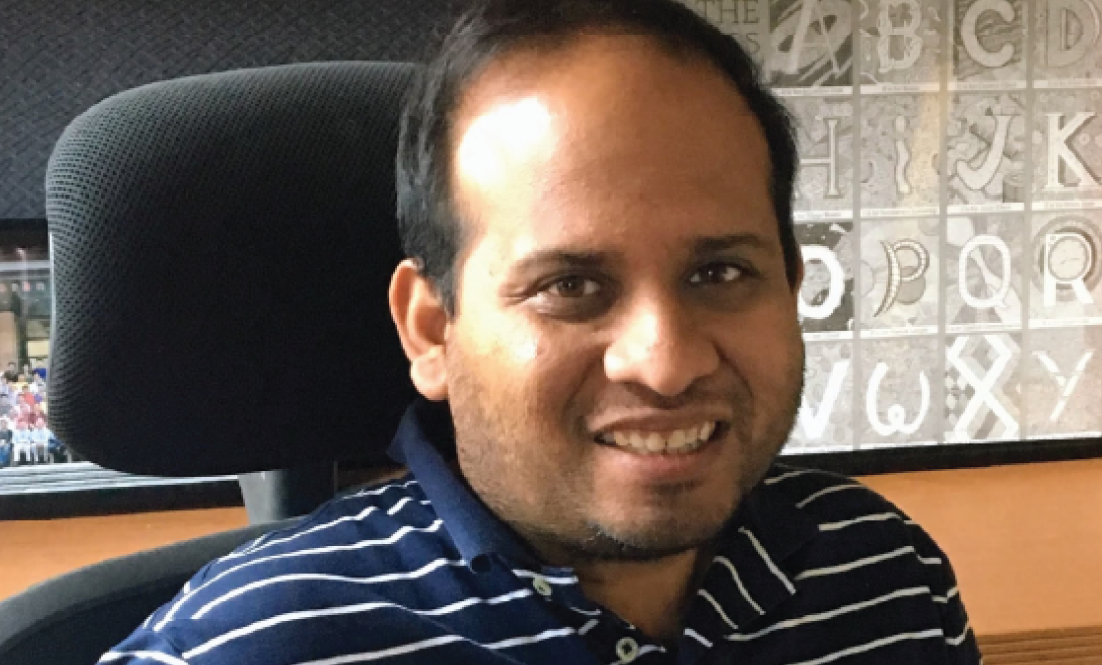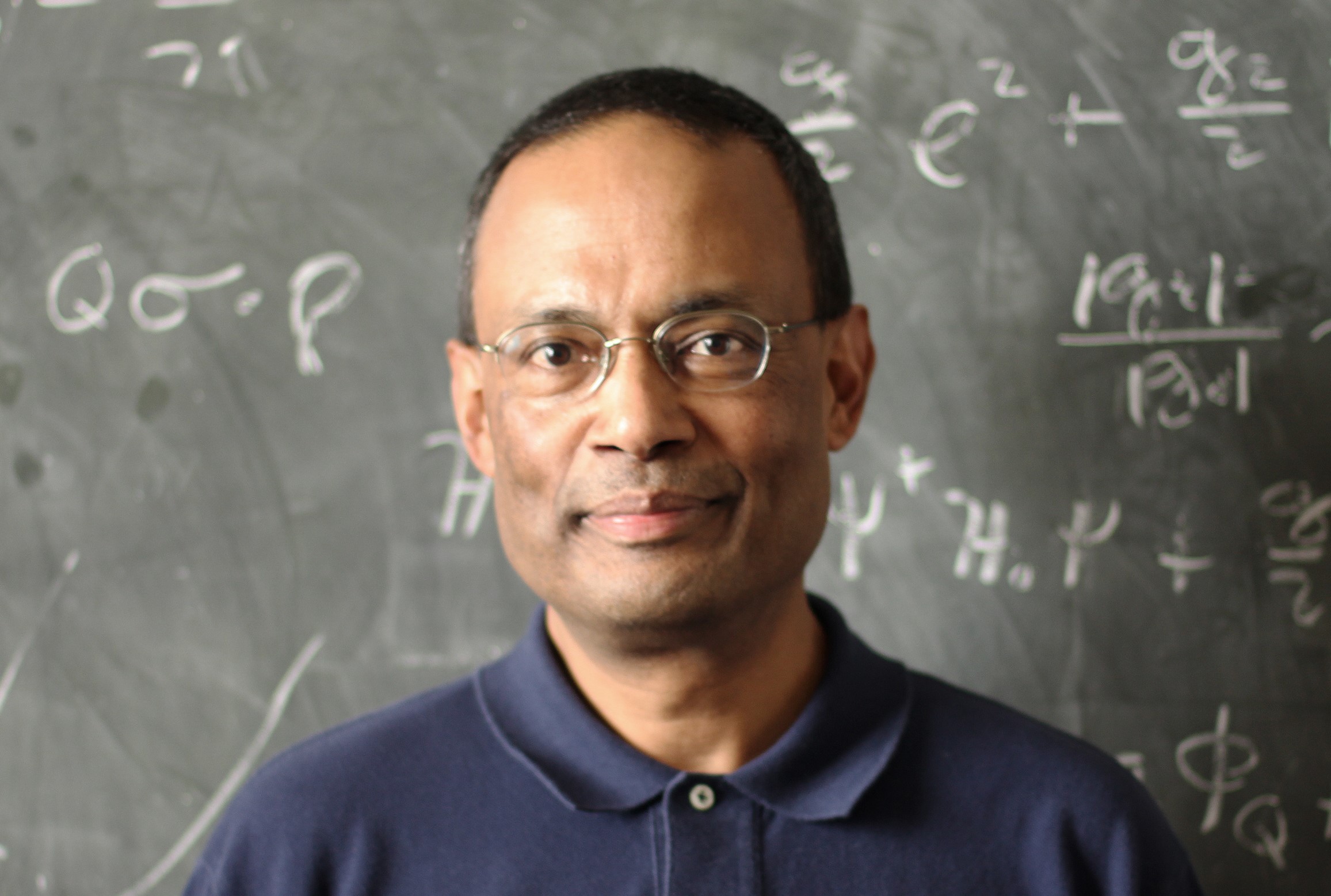2022 Maryland Day
- Details
- Published: Thursday, January 27 2022 01:34
Sarah Eno has been named a Fellow of the American Association for the Advancement of Science (AAAS). Election is an honor bestowed upon AAAS members by their peers in recognition of distinguished efforts to advance science or its applications.
Eno’s research has focused on precision studies of the properties of the W boson, tests of QCD using Z bosons, and searches for exotic particles predicted by theories of physics beyond the Standard Model. Other efforts have included improvement and simulations of calorimeters to better study the momentums of jets and of missing transverse energy, and studies of radiation damage in plastic scintillators.
Eno was cited by the AAAS for leadership and research in both detector and analysis development, enabling the discovery of the top quark and Higgs boson, and the search for new phenomena at high energy colliders.
"I am truly humbled that AAAS has decided my accomplishments are worthy of this honor," Eno said. "My work was enabled by the wonderful collaborations in which I worked and my wonderful colleagues and students here at U. Maryland.” Sarah Eno
Sarah Eno
Eno received her bachelor's degree from Gettysburg College and her Ph.D. from the University of Rochester for work on the AMY experiment in Tsukuba, Japan. She then accepted a post-doctoral appointment at the University of Chicago Enrico Fermi Institute, working on the CDF experiment. In 1993, Dr. Eno joined the University of Maryland as an Assistant Professor, and moved to the DØ experiment at Fermilab. The discovery of the top quark—announced by the CDF and DØ teams in 1995—was a milestone in particle physics. Eno’s precise measurement of the decay width and mass of the electroweak W boson helped predict the mass of the top quark.
Since 1999, Eno has worked on the Compact Muon Solenoid (CMS) experiment of the Large Hadron Collider at CERN. In 2012, CERN announced experimental verification of the Higgs boson, and the 2013 Nobel Prize in Physics was awarded to François Englert and Peter W. Higgs, whose 1960s calculations determined that mass could not exist without the presence of such a particle. Since 2020 she is also participating in the development of experiments for a potential new electron-positron collider at CERN (FCC-ee).
Eno’s accolades include selection as an Outstanding Junior Investigator by the U.S. Department of Energy in 1995 and an Alumni Achievement Award from Gettysburg College in 1999. She is a Fellow of the American Physical Society (APS) and a University of Maryland Distinguished Scholar-Teacher. She has also been cited by the APS as an Outstanding Referee for exceptional work in the assessment of manuscripts.
“Sarah Eno is widely known as a leader in high energy physics, and this recognition from the AAAS befits her extensive career achievements,” said Steve Rolston, chair of the University of Maryland Department of Physics.
The honor of being elected a Fellow of AAAS began in 1874 and is acknowledged with a certificate and rosette, presented at the annual Fellows Forum at the AAAS Annual Meeting, scheduled this year for February 19. In addition to Eno, physics affiliate professor John B. Kogut, entomology chair Leslie Pick and environmental science and technology chair William Bowerman IV were elected.
Associate Professor Jay Sau has been appointed the newest University of Maryland Co-Director of JQI. He assumed the role on January 1, 2022.
“JQI has been a key part of my research environment since I started as a postdoc at Maryland in 2009,” says Sau, who is also a member of the Condensed Matter Theory Center. “I am glad to have the opportunity to help preserve and strengthen our research environment.” Jay Sau is now the UMD co-director of JQI. (Credit: Moutusi Sau)
Jay Sau is now the UMD co-director of JQI. (Credit: Moutusi Sau)
Sau followed his first position at UMD with a postdoctoral fellowship at Harvard University, before returning to UMD as an assistant professor in 2013. During his time at UMD, he has performed extensive theoretical research into the phenomena that arise when many quantum particles interact, particularly phenomena that can be understood through the mathematics of topology. Sau and his collaborators at UMD have developed tools that are laying a foundation for quantum technologies, hopefully including topological quantum computers.
Previously, Sau has been a co-organizer of both the JQI seminar series and the physics colloquium series, and he has been participating in expanding the quantum research group at UMD. He is taking over the role of UMD Co-Director from JQI Fellow Fred Wellstood, who has held the position since 2017.
“I’ve enjoyed working with Fred as Co-Directors over the past four years" says Gretchen Campbell, the current NIST Co-Director of JQI. "He has worked tirelessly to help keep the JQI running during these challenging times, including spearheading the recent renewal of the JQI grant. Moving forward, I am looking forward to working with Jay. He is a great colleague, and I appreciate his willingness to take over the role of Co-Director.”
Original story by Bailey Bedford: https://jqi.umd.edu/news/sau-named-umd-co-director-jqi
Michael Ellis Fisher, an eminent scientist whose interests spanned condensed matter theory, statistical mechanics, chemistry, mathematics and bioscience, died on November 26, 2021 at age 90.
Born in Trinidad, Fisher received his Ph.D. in 1957 at King’s College, London. He worked there as a lecturer, reader and professor until accepting an appointment at Cornell University. He was the Horace White Professor of Chemistry, Physics and Mathematics at Cornell University until joining the University of Maryland in 1987. At UMD, he was jointly appointed in the Institute for Physical Sciences and Technology and the Department of Physics, and was a University System of Maryland Regents Professor, a Distinguished University Professor and Distinguished Scholar-Teacher.
Fisher was a Fellow of the Royal Society, the American Academy of Arts and Sciences, the American Association for the Advancement of Science and the American Physical Society. He was a Foreign Associate of the National Academy of Sciences. Among his many awards were the Irving Langmuir Prize in Chemical Physics, the Boltzmann Medal in Thermodynamics and Statistical Mechanics and the Hildebrand Award of the American Chemical Society. Fisher received the inaugural American Physical Society Lars Onsager Prize for statistical physics in 1995.
Known both for his attention to detail and for his broad approach to understanding the world, Fisher was commended by the Wolf Prize in Physics committee in 1980 “for bringing together, and teaching a common language to, chemists and physicists working on diverse problems of phase transitions.”
Fisher retired in 2012, and a two-day UMD symposium honored his many achievements. In 2015, he was a special guest at the Conversations with Icons in Science conference in Port of Spain, Trinidad.
A memorial has not yet been announced.
The IPST remembrance is posted here: https://ipst.umd.edu/news/distinguished-university-professor-emeritus-michael-e-fisher-1931-2021
Sankar Das Sarma has again been included on Clarivate Analytics list of Highly Cited Researchers, a compilation of influential names in science.
Das Sarma is the Richard E. Prange Chair of Physics, the Director of the Condensed Matter Theory Center and a Fellow of the Joint Quantum Institute.
After receiving his Ph.D. from Brown University in 1979—studying under UMD alumnus Sankar Das Sarma John Quinn (Ph.D., '58)—Das Sarma joined the UMD faculty in 1982. He was named a Distinguished University Professor in 1995, and in 2008 received the Kirwan Faculty Research Prize for his groundbreaking work in topological quantum computing.
Sankar Das Sarma John Quinn (Ph.D., '58)—Das Sarma joined the UMD faculty in 1982. He was named a Distinguished University Professor in 1995, and in 2008 received the Kirwan Faculty Research Prize for his groundbreaking work in topological quantum computing.
In 2013, Das Sarma received the CMNS Distinguished Faculty Award in recognition of his stellar career. In 2020, a paper he co-wrote was included in Physical Review B's list of the "milestone" papers published in its first 50 years of existence.
Das Sarma has been included in all previous listings of highly-cited researchers: 2020, 2019, 2018, 2017, 2016, 2015, 2014 and 2001.
College Park Professor Chris Monroe also appeared on the list.